Terms and Theory
According to Thomas Kirsch (2010), Jung first used this term in 1912 in his Symbols of Transformation to describe his psychology “as a separate but related discipline from psychoanalysis,” i.e., to distinguish it from Freudian psychology. Murray Stein observed the following of Jung’s psychology: “Jung’s view of the psyche is that it is not fundamentally flawed and pathological … but rather oriented toward lifelong development.” Therefore, says Stein, “the analyst tries to follow and facilitate a natural emergence of the self in the psyche rather than imposing a program for improvement in ego functioning” (2010). According to Sonu Shamdasani (2003), though Jung considered the term analytical psychology appropriate when referring to his techniques of analysis and therapy, he came to prefer the term complex psychology when referring to his overall theoretical framework—his general psychology.
Related Articles
Shadow and Individuation in China
Evolution of Jungian Typology
Anima/Animus
Jung (1921) uses this term to refer variously to the “soul-image” and also to the part of the personality that is “complementary to the character of the persona,” and that “contains all those fallible human qualities [the] persona lacks.” He says we project these qualities in a love-hate relationship onto the opposite sex, the Anima for men, Animus for women. Marie-Louise von Franz (1971) elaborates on the typological meaning as follows: “Our conscious realm is like a room with four doors, and it is the fourth door by which the Shadow, the Animus and Anima, and the personification of the Self come in.” For this reason, the inferior function is said to carry the archetypal energy of the anima or animus.
Related Articles
Dreaming the Dream On
Shadow Boxing With Fight Club
The Inferior Function—A Moral Issue
Facebook Types
Shadow and Individuation in China
Individuation in the Dark
A Broken Personality Repairs Itself
The Integrity of Carl Jung
Type and Archetype in Dreams
Becoming Captain Kirk
The Greek Hero in Crisis
“Egosyntonic” and “Egodystonic”
Self-Alienation
Finding the Gold in the Iron
The “Forever 27” Tragedy
Approaching the Middle Realm
Archetype
According to Jung (1966), an archetype is “a universal and recurring image, pattern, or motif representing a typical human experience.” He adds that “the primordial image or archetype is a figure, be it a daemon, a human being, or a process, that constantly recurs in the course of history and appears wherever creative fantasy is freely expressed.” Since archetypes, as Jung (1957) points out, “are pre-existent to consciousness and condition it,” they are independent of the conscious ego-personality.
Related Articles
The Inferior Function—A Moral Issue
The Polytheistic Organization
Trump, Clinton, and Authenticity
Evolution of Jungian Typology
Beebe, John, MD
A psychiatrist and Jungian analyst, John Beebe applies Jungian typology to analytical psychology via his Eight-Function Eight-Archetype Model, see below. He holds degrees from Harvard and the University of Chicago, and is a past president of the C. G. Jung Institute of San Francisco. His book, Integrity in Depth, (1992), reveals some of his ideas about the anima/animus and the inferior function, which later played a role in his model as part of “the spine of personality.” In 1993, he introduced his eight-function model at the Association for Psychological Type conference in Huntington Beach, California. Thereafter, practitioners of Briggs and Myers’ sixteen-type model began to incorporate aspects of his eight-function theory into their work. Beebe presents a comprehensive explanation of his model by consolidating several of his essays as Energies and Patterns in Psychological Type (2017).
Related Articles
Unconscious Guardians
Shadow Boxing With Fight Club
Facebook Types
Typing the Group Mind, Part III
Typing the Group Mind, Part II
Typing the Group Mind, Part I
Workplace Dys-Functions
Complex
“Refers to a collection of images, imagos, and ideas, clustered around a core derived from one or more archetypes and characterized by a common emotional aura” (Moore and Fine, 1990). Jung (1921) stressed that although complexes “interfere with the intentions of the will and disturb the conscious performance,” they are “focal or nodal points of psychic life which we would not wish to do without” (1921). Though they are natural, essential features of the psyche, they can be problematic because “as long as one is unconscious of the complexes, one is liable to be driven by them” (Sharp, 1991). Jung (1954) emphasized this point: “The possession of complexes does not in itself signify neurosis … and the fact that they are painful is no proof of pathological disturbance. Suffering is not an illness; it is the normal counterpole to happiness. A complex becomes pathological only when we think we have not got it” (1954).
Related Articles
Archetypes in a Portrait of Bob Dylan
Do Parents Influence Type Development
Dreaming the Dream On
Evolution of Jungian Typology
Demon/Daimon or Daemon
Jung (1957) said, “The daemon throws us down, makes us traitors to our ideals and cherished convictions—traitors to the selves we thought we were.” Rollo May (1969) pointed out that, “The daimonic…can be either creative or destructive and is normally both.” In Beebe’s model, the eighth function carries the energy of the demonic (destructive aspect) and daimonic (creative aspect). Beebe uses the daimon spelling.
Related articles
Changing My Mind
Shadow Boxing With Fight Club
Workplace Dys-Functions
A Broken Personality Repairs Itself
Type and Archetype in Dreams
Becoming Captain Kirk
Nietzsche on “Self-Overcoming”
The Greek Hero in Crisis
“Egosyntonic” and “Egodystonic”
The “Forever 27” Tragedy
Depth Psychology
Jung (1953) credits Eugene Bleuler with the first use of this term, Tiefenpsychologie in German, and says he used it “to indicate that Freudian psychology was concerned with the deeper regions or hinterland of the psyche, also called the unconscious.” According to Craig Chalquist (2009), “Depth refers to what’s below the surface of psychic manifestations like behaviors, conflicts, relationships, family dynamics, dreams, even social and political events.”
Differentiation
“Differentiation means the development of differences, the separation of parts from a whole” (Jung, 1921). Differentiation describes the process by which Jung believed individuation takes place. The concept encompasses both the conscious disentangling of particular psychic contents (including typological functions and attitudes) from the collective unconscious, and the distinguishing of the individual from the collective. “Differentiation is the essence, the sine qua non of consciousness. Everything unconscious is undifferentiated, and everything that happens unconsciously proceeds on the basis of non-differentiation—that is to say, there is no determining whether it belongs or does not belong to oneself” (Jung, 1953).
Related Articles
Becoming Captain Kirk
Ambiversion: Ideal or Myth?
Differentiating Differentiation
Ambiversion and Individuation
The Ugly Duckling
Ego
The ego is “the central complex in the field of consciousness,” and therefore “knowledge of the ego-personality is often confused with self-understanding” (Sharp, 1991). It has also been called the “ongoing narrative of self” (Beebe, 2004). As “the critical center of consciousness,” the ego “in fact determines to a large extent which contents remain within the realm of consciousness and which ones drop away into the unconsciousness” (Stein, 1998).
Related Articles
Heaven, Earth, and Underworld
“Egosyntonic” and “Egodystonic”
Egodystonic/Egosyntonic
Egodystonic, according to the American Psychoanalytic Association, refers to “drives, affects, ideas, or behavior subjectively experienced by the observing ego as foreign to the self” (1990). Egosyntonic refers to those drives, affects, ideas, or behaviors that are experienced as consistent with one’s conscious sense of self. The Beebe model refers to one’s four innately-preferred function-attitudes as egosyntonic and one’s four non-preferred function-attitudes (those which are opposite in attitude from the egosyntonic functions) as egodystonic (see also Shadow).
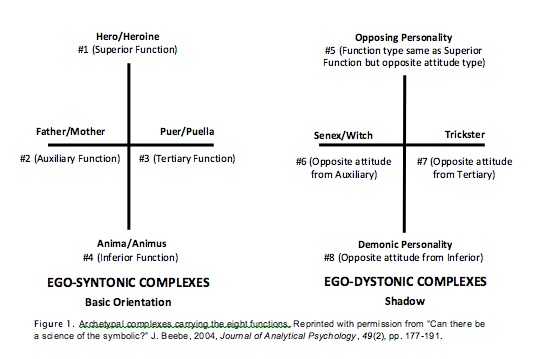
Related Articles
Archetypes in a Portrait of Bob Dylan
Dreaming the Dream On
Type and Archetype in Dreams
Differentiating Differentiation
Heaven, Earth, and Underworld
“Egosyntonic” and “Egodystonic”
Eight-Function Model
Also known as the Eight-Function Eight-Archetype Model. According to John Beebe, each of the four preferred functions of the Myers-Briggs model is “shadowed” by its opposite-attitude function in the psyche. Beebe’s model thus posits a sequence of eight function-attitudes for each of the sixteen types, and each position carries the emotional energy of a particular archetype (see Eight-Function Chart below). The sequence does not imply any chronology of development, nor even gradations of consciousness, although functions in the higher positions tend to be more accessible to consciousness (see also Shadow). Beebe drew the names for seven of the eight archetypes from Jung’s work, while the eighth, opposing personality, is his own term.
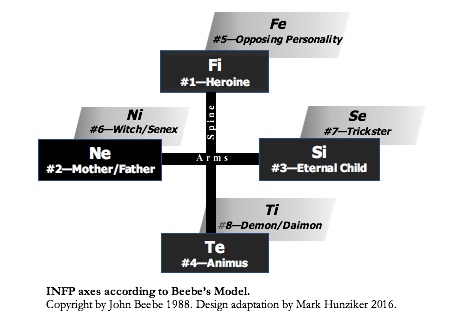
Related Articles
Archetypes in a Portrait of Bob Dylan
Dreaming the Dream On
Shadow Boxing With Fight Club
Facebook Types
Shadow and Individuation in China
Typing the Group Mind, Part III
Typing the Group Mind, Part II
Typing the Group Mind, Part I
Something’s Trickster in Denmark
Workplace Dys-Functions
Type and Archetype in Dreams
Evolution of Jungian Typology
Eight-Function Chart of Sixteen Types
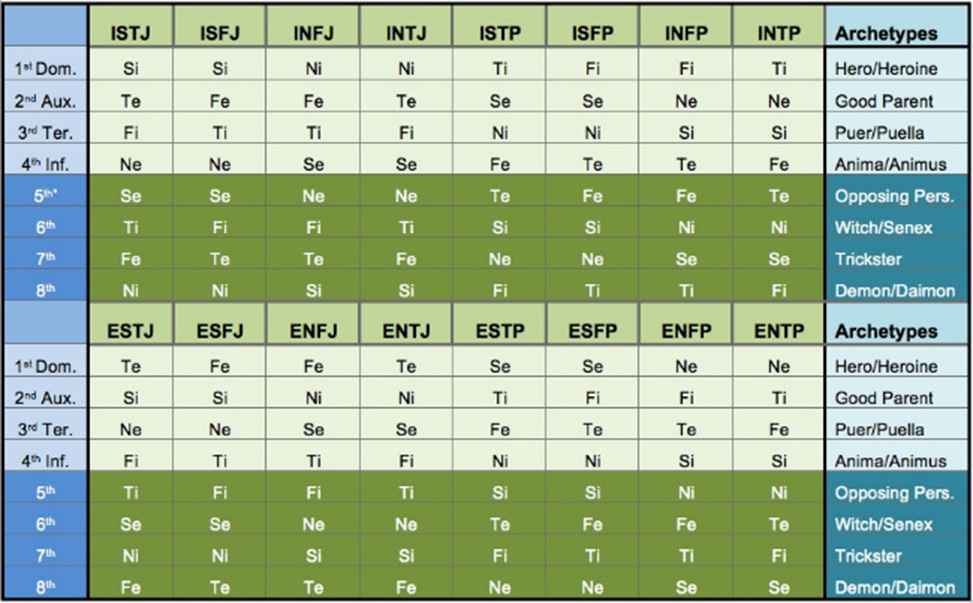
Source: Beebe, J. (2017). Energies and Patterns in Psychological Type: The Reservoir of Consciousness, Routledge. Table format by M. C. Shumate, Personality Type in Depth, 2010.
Eternal Child
Also known as Puer Aeternus/Puella Aeterna. Jung (1958) describes this archetype as both “the boy who is born from the maturity of the adult man, and not the unconscious child we would like to remain.” Beebe sees the tertiary function of each personality type as carrying this perennially childish energy: creative and irresponsible, exuberant and pouty, resilient and vulnerable.
Related Articles
Unconscious Guardians
Archetypes in a Portrait of Bob Dylan
Dreaming the Dream On
Facing Our Expectations
Facebook Types
Distinguishing A Team’s Dominant and Auxiliary
A Broken Personality Repairs Itself
Type and Archetype in Dreams
Unconscious Insights to the Rescue
The Greek Hero in Crisis
“Egosyntonic” and “Egodystonic”
Function–Archetype:
This term was coined by Carol Shumate to describe the combination of any of the eight Jungian function-attitudes with its archetypal energy, as determined by type code, according to Beebe’s eight-function model. Each function-attitude (Se, Si, Ne, Ni, Te, Ti, Fe, and Fi) carries the archetypal energy associated with the position it occupies in the eight-function hierarchy of a given personality type.
Functions, Function-Attitudes, Mental Processes
Jung identified four functions, sensation, intuition, thinking, and feeling, that manifest in either an extraverted or introverted attitude—introverted feeling (Fi), extraverted intuition (Ne), etc. In this form they are usually called “function-attitudes,” a term coined by Dick Thompson in 1996, or “mental processes” (Haas & Hunziker, 2008). Often the term is shortened to “function” when the context makes it clear that “function-attitude” is intended. The eight function-attitudes are Se, Si, Ne, Ni, Te, Ti, Fe, and Fi.
Related Articles
Changing My Mind.
Double Introverts, Dual Extraverts
Are Type Preferences Balanced?
Partnering Type With Graphology
The Polytheistic Organization
Hero/Heroine
Beebe (2007) considers the dominant function-attitude to be the hero/heroine of the personality, because it is “associated with a sense of competence and potential mastery.” Jung (1964) calls this archetype “the ego’s triumph over regressive trends,” and adds, “The ego’s rise to effective conscious action becomes plain in the true culture-hero.”
Related Articles
Facebook Types
Distinguishing A Team’s Dominant and Auxiliary
Workplace Dys-Functions
Do You Trust Your Dominant Function?
A Broken Personality Repairs Itself
The Integrity of Carl Jung
Type and Archetype in Dreams
Unconscious Insights to the Rescue
The Greek Hero in Crisis
“Egosyntonic” and “Egodystonic”
Hillman, James (1926-2011)
Jungian analyst James Hillman received his doctorate from the University of Zurich and his analyst’s diploma from the C. G. Jung Institute, where he was Director of Studies. Best known for his work on “archetypal psychology” in his book by that name, he also published Anima: An anatomy of a personified notion (1985), and Senex and Puer (2006). His essay on the Feeling function appears in Jung’s Lectures on Typology (1971), coauthored with Marie-Louise von Franz.
Related Articles
Pregnant Language
Individuation
Jung (1921) described individuation as “the process by which individual beings are formed and differentiated; in particular, it is the development of the psychological individual as a being distinct from the general, collective psychology.” “Individuation means becoming an ‘in-dividual,’ and, in so far as ‘individuality’ embraces our innermost, last, and incomparable uniqueness, it also implies becoming one’s own self” (Jung, 1953). He saw this process as an “unfolding of the original, potential wholeness” (1953) within us by achieving “a conscious relation to the Self” (Edinger, 1972). Jung viewed individuation as the fundamental psychological mission of every human life.
Related Articles
Shadow and Individuation in China
Individuation in the Dark
A Broken Personality Repairs Itself
The Integrity of Carl Jung
Nietzsche on “Self-Overcoming”
Ambiversion: Ideal or Myth?
The Spectrum of Consciousness
Ambiversion and Individuation
The Ugly Duckling
Self-Alienation
Myers, Isabel Briggs (1897–1980)
Isabel Myers created the Myers-Briggs Type Indicator ® together with her mother, Katharine Cook Briggs. Her intent was to codify Jung’s schema, from chapter ten of his book, Psychological Types, into an inventory that could be used to identify personality types. In that book Jung described eight mental processes as determinants of personality, and he suggested that an auxiliary function would modify these eight types of consciousness. Myers’ inventory identified both the dominant and auxiliary functions, creating sixteen types. Her addition to Jung’s theory was the J-P dimension, a scale that determined whether the Judging or the Perceiving function is extraverted. Eventually her work was used to posit four preferred functions in each personality type: dominant, auxiliary, tertiary, and inferior.
Related Articles
Changing My Mind
Psychodynamic Coaching and Type
Nigredo
The term refers to one of the alchemical stages, “a darkening of the elements suggesting that something of import is about to take place” (Samuels, Shorter, & Plaut, 2013). Psychologically, nigredo refers to a similarly dark transitional state of disorientation as unconscious material becomes conscious, leading to “a somber and melancholy humor reminiscent of death and the grave” (Jung, 1954), particularly when aspects of the shadow are being integrated into ego consciousness.
Related Articles
Finding the Gold in the Iron
Opposing Personality
Beebe coined this term for the archetypal energy around the fifth function in his model. This is the same mental function (S, N, T, or F) as the dominant but with the opposite attitude, extraverted or introverted. Jung (1957) said that such opposite-attitude functions, like Ti and Te, are “incessantly at war.” Beebe says that the opposing personality archetype represents an entire personality hiding in our shadow that sometimes pushes back against the conventional wisdom of the conscious personality.
Related Articles
Dreaming the Dream On
Changing My Mind
Facebook Types
Shadow and Individuation in China
A Broken Personality Repairs Itself
Type and Archetype in Dreams
Becoming Captain Kirk
The Greek Hero in Crisis
“Egosyntonic” and “Egodystonic”
The “Forever 27” Tragedy
Parent
Also known as “Good Parent.” Beebe’s term for the archetype associated with the auxiliary function is mother or father, the classical terms for the parental archetypes. Robert McAlpine began the practice of calling this archetype the good parent, to emphasize its supportive and nurturing parental energy and its opposition to the witch/senex archetype, which he calls critical parent.
Related Articles
Unconscious Guardians
Archetypes in a Portrait of Bob Dylan
Dreaming the Dream On
Facebook Types
Typing the Group Mind, Part III
Typing the Group Mind, Part II
Typing the Group Mind, Part I
A Broken Personality Repairs Itself
Type and Archetype in Dreams
Unconscious Insights to the Rescue
The Greek Hero in Crisis
“Egosyntonic” and “Egodystonic”
Persona
Jung (1953) states: “The persona is a complicated system of relations between individual consciousness and society…a kind of mask, designed on the one hand to make a definite impression upon others, and, on the other, to conceal the true nature of the individual.”
Related Articles
The Inferior Function—A Moral Issue
Psychodynamic Coaching and Type
Typing the Group Mind, Part I
How Do You Deal with a Narcissist?
Personal Equation
Jung used this term to indicate the subjective bias inherent in each individual’s personality. Sonu Shamdasani observed that, “In his formulation … , the personal equation was principally conditioned not by biographical experiences, but by an innate disposition—that is, one’s type” (Jung and the Making of Modern Psychology). At the end of Psychological Types, Jung wrote: “A psychological typology … is an essential means for determining the ‘personal equation’ of the practising psychologist, who, armed with an exact knowledge of his differentiated and inferior functions, can avoid many serious blunders in dealing with his patients.”
Related Articles
Managing Bias in Military Intelligence
Psychoid
Keiron Le Grice observed that “the term psychoid is used by Jung to describe the part-material, part-psychological nature of the archetype,” noting that archetypes “manifest not just in the inner world of dreams but in the outer world too” (Archetypal Reflections, 2016, p. 147). Jung held that the “psychoid factor” carries “a priori meaning” (CW 8, ¶ 962) and that it is due to its psychoid nature that an archetype “does not appear, in itself, to be capable of reaching consciousness” (CW 8, ¶ 417). As analyst Ann Ulanov noted, “Psychoid experience gives us a sense of meaningfulness that exists objectively, independent of our constructs of it; we do not produce it. It shows itself” (Psychoid, Soul and Psyche, 2017, p. 31).
Rubedo
Latin for “redness,” the term is used for the final alchemical stage, analogous in analytical psychology to the realization of the lifelong process of individuation. Thus, rubedo represents the constellation of Jung’s “self” the archetype of psychological wholeness. Jung (1952) wrote: “Blood alone can reanimate a glorious state of consciousness in which the last trace of blackness is dissolved, in which the devil no longer has an autonomous existence but rejoins the profound unity of the psyche. Then the opus magnum is finished: the human soul is completely integrated.”
Self
“The Self is the ordering and unifying center of the total psyche (conscious and unconscious) just as the ego is the center of the conscious personality. Or, put in other words, the ego is the seat of subjective identity while the Self is the seat of objective identity” (Edinger, 1972). Although it includes the ego and persona, unlike them, the self is not a limited complex, but rather a theoretical, virtually limitless “archetype of wholeness” (Edinger, 1972). Jung called it the “supraordinate personality” (1921), “one’s real individuality, [which] is always present and makes itself felt indirectly if not directly” (1953). He noted: “The idea of a self is itself a transcendental postulate which, although justifiable psychologically, does not allow [for] scientific proof” (1953). Self is “not merely the empirical [i.e., consciously experienced] man, but the totality of his being, which is rooted in his animal nature and reaches out beyond the merely human towards the divine” (Jung, 1956).
Related Articles
Nietzsche on “Self-Overcoming”
Ambiversion and Individuation
The Ugly Duckling
Shadow
The Shadow consists of repressed, hidden, or unconscious contents in the psyche. Jung says the following of this archetype: “The shadow shows up as omissions, forgetfulness, impulsive or inadvertent acts. Shadow can be friend or enemy, it depends on ourselves. He is exactly like any human with whom one has to get along. Sometimes by giving in, sometimes by resisting, sometimes by giving love: the shadow becomes hostile when ignored or misunderstood.” Jung and von Franz said that the inferior function is a bridge to the unconscious, and thus to the shadow. Beebe’s model (see Eight-Function Model) suggests that one’s undeveloped function-attitudes are part of one’s shadow. It is common to consider the lower four “non-preferred” functions in his model the ‘shadow’ functions, but Beebe has suggested that any of one’s functions may have unconscious, “shadowy” aspects.
Related Articles
Shadow Boxing With Fight Club
The Inferior Function—A Moral Issue
Psychodynamic Coaching and Type
Type and Archetype in Dreams
The Dark Side of Profiles
“Egosyntonic” and “Egodystonic”
Evolution of Jungian Typology
Temperament
In 1978, David Keirsey published his work on temperament theory postulating four categories that relate to Myers’ and Briggs’ type theory: SP=Artisan, SJ=Guardian, NF=Idealist, NT=Rational. His Temperament Sorter® and the theory are discussed in the latest edition of his original work: Please Understand Me II: Temperament, Character, Intelligence (1998).
Trickster
The role of the trickster, according to Karl Kerényi (1956), “is to add disorder to order and so make a whole, to render possible, within the fixed bounds of what is permitted, an experience of what is not permitted.” Jung (1959) says of this archetype, “Although he is not really evil, he does the most atrocious things from sheer unconsciousness and unrelatedness.” In Beebe’s model, its amoral, mischievous, disruptive energy is associated with the seventh function-attitude.
Related Articles
Unconscious Guardians
Archetypes in a Portrait of Bob Dylan
Dreaming the Dream On
Changing My Mind
Facing Our Expectations
Distinguishing a Team’s Dominant from its Auxiliary
Something’s Trickster in Denmark
A Broken Personality Repairs Itself
Type and Archetype in Dreams
Becoming Captain Kirk
The Greek Hero in Crisis
Embracing Si and Fi
“Egosyntonic” and “Egodystonic”
Death by Thesis
Von Franz, Marie-Louise (1915-1998)
Born in Munich, Germany, von Franz met Jung in 1933 and became a Jungian analyst, founding the C. G. Jung Institute in Zurich. A prolific writer and interpreter of Jung’s work, her contributions to Jungian typology focus on the inferior function, the feeling function, and the Jungian archetypes. Her essay on the inferior function appears in Lectures in Jung’s Typology (1971), co-authored by James Hillman.
Related Articles
Shadow Boxing With Fight Club
The Inferior Function—A Moral Issue
Facebook Types
Witch/Senex
Also known as Critical Parent. According to Beebe (2007), “The Senex is an archetype that shadows the good father that [we] consciously aspire to be when [we] try to help people. … it takes on the quality of everything that has stood the test of time and now resists change.” Whereas James Hillman used the term senex as oppositional to the puer (age vs. youth), Beebe’s model places it in shadow of the auxiliary or mother/father function, in the sixth position, thus opposite in attitude to the auxiliary. The witch is the feminine version of this archetype. According to the Function-Archetype™ Decoder, “The mental function in this position instinctively nails violators in their tracks, often with an aggressive reaction. It is a response to the use of superior power and it also wields power.”
Related Articles
Unconscious Guardians
Archetypes in a Portrait of Bob Dylan
Dreaming the Dream On
Changing My Mind
Facing Our Expectations
A Broken Personality Repairs Itself
Type and Archetype in Dreams
Becoming Captain Kirk
The Greek Hero in Crisis
“Egosyntonic” and “Egodystonic”
The Wisdom of the Witch
From the Archives
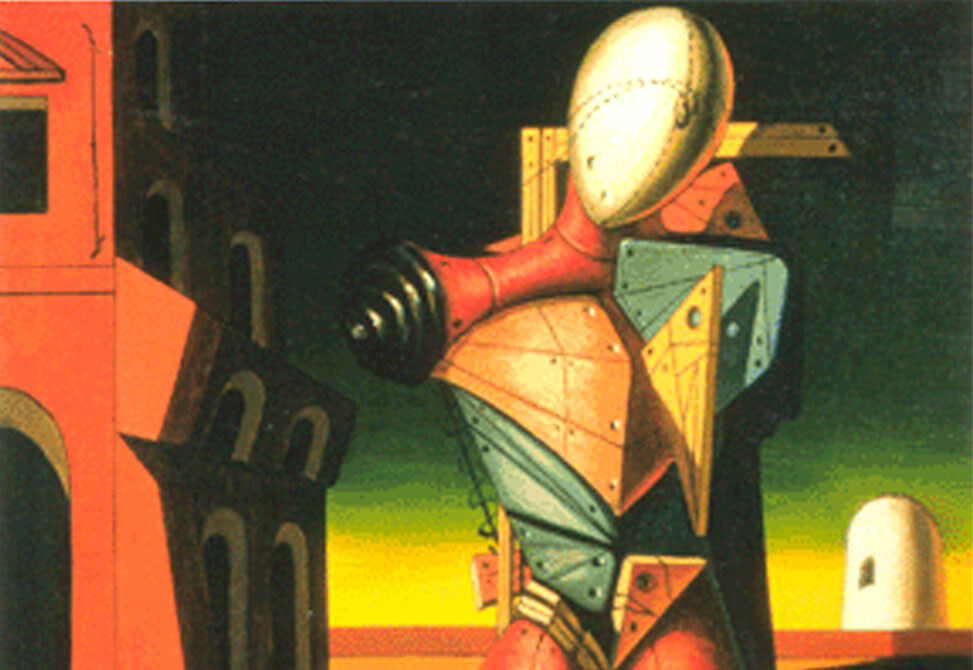
Psychodynamic Coaching and Type
Angelina Bennet
March 1, 2011
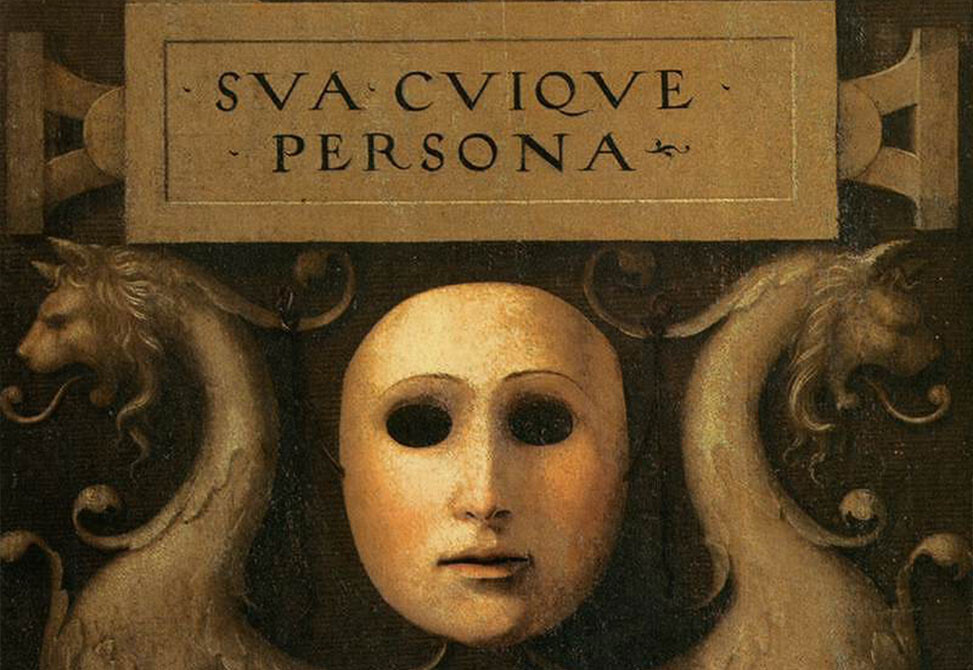
How Do You Deal with a Narcissist?
Carol Shumate
April 16, 2014
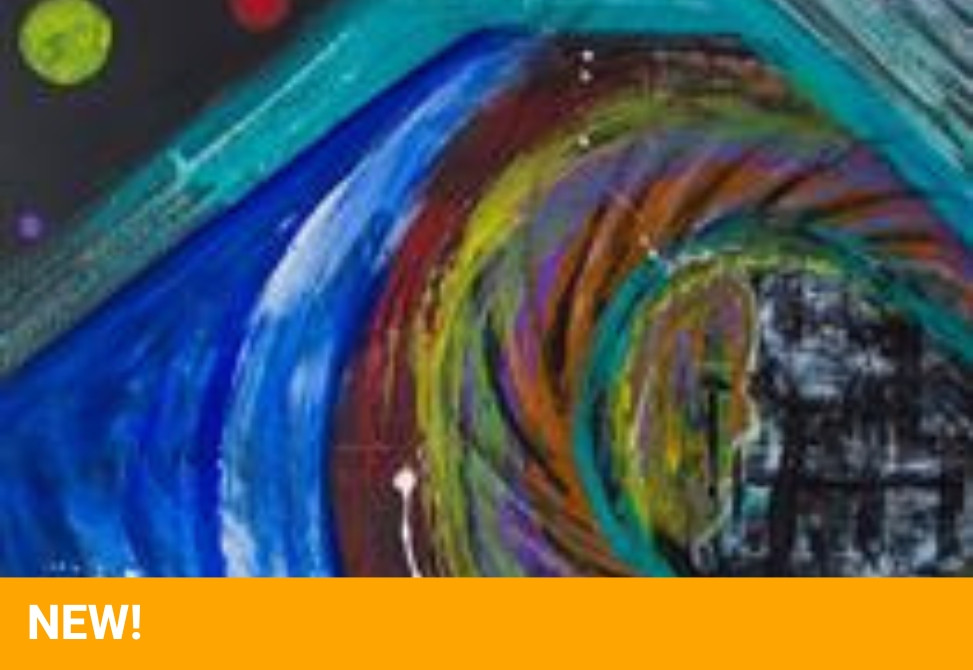
Artificial Intelligence
Satish Kappagantula
October 7, 2025

Differentiating Differentiation
Mark Hunziker
October 7, 2015
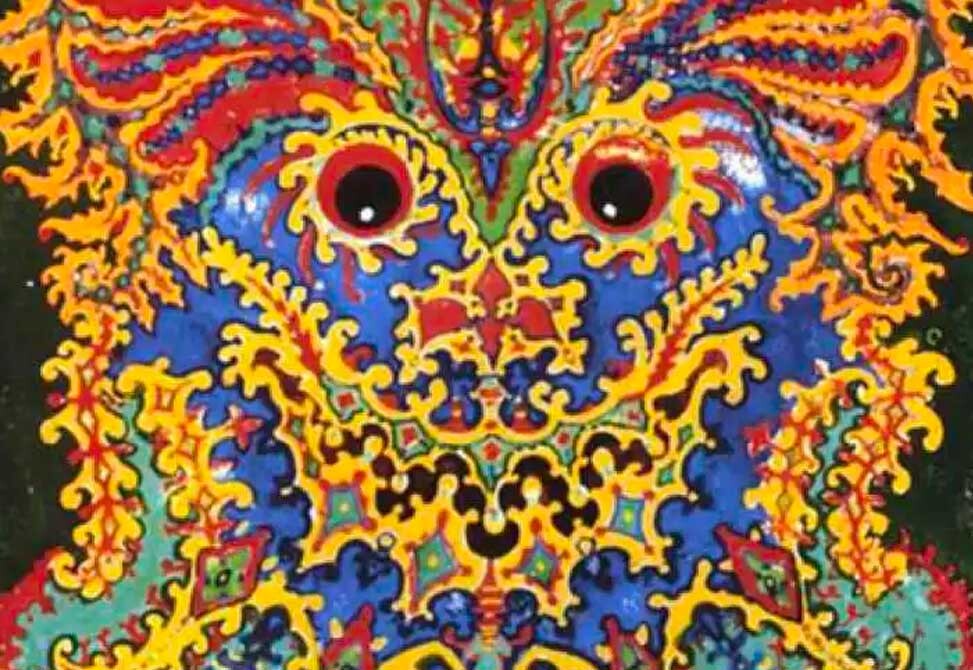
Approaching the Middle Realm
Ellen MacGran
March 19, 2020
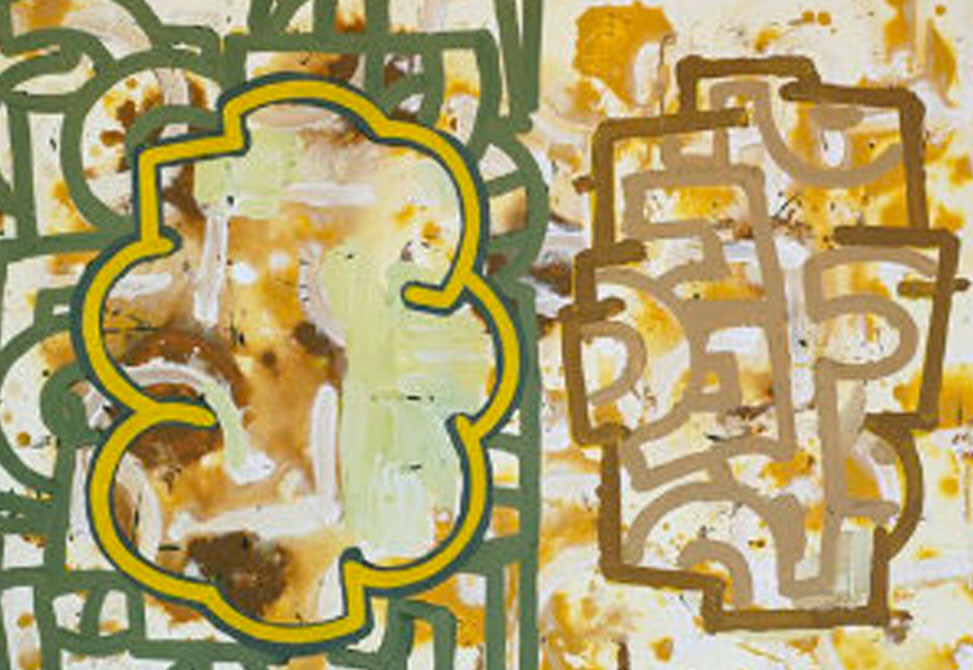
How Do You Learn About Type?
Mark & Carol The Editors
November 1, 2012

